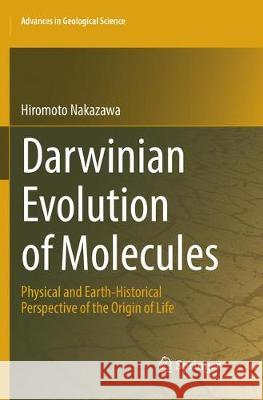Darwinian Evolution of Molecules: Physical and Earth-Historical Perspective of the Origin of Life » książka
topmenu
Darwinian Evolution of Molecules: Physical and Earth-Historical Perspective of the Origin of Life
ISBN-13: 9789811342240 / Angielski / Miękka / 2018 / 143 str.
Darwinian Evolution of Molecules: Physical and Earth-Historical Perspective of the Origin of Life
ISBN-13: 9789811342240 / Angielski / Miękka / 2018 / 143 str.
cena 342,95 zł
(netto: 326,62 VAT: 5%)
Najniższa cena z 30 dni: 327,68 zł
(netto: 326,62 VAT: 5%)
Najniższa cena z 30 dni: 327,68 zł
Termin realizacji zamówienia:
ok. 22 dni roboczych
Bez gwarancji dostawy przed świętami
ok. 22 dni roboczych
Bez gwarancji dostawy przed świętami
Darmowa dostawa!
Kategorie:
Kategorie BISAC:
Wydawca:
Springer
Seria wydawnicza:
Język:
Angielski
ISBN-13:
9789811342240
Rok wydania:
2018
Wydanie:
Softcover Repri
Numer serii:
000829961
Ilość stron:
143
Oprawa:
Miękka
Wolumenów:
01











